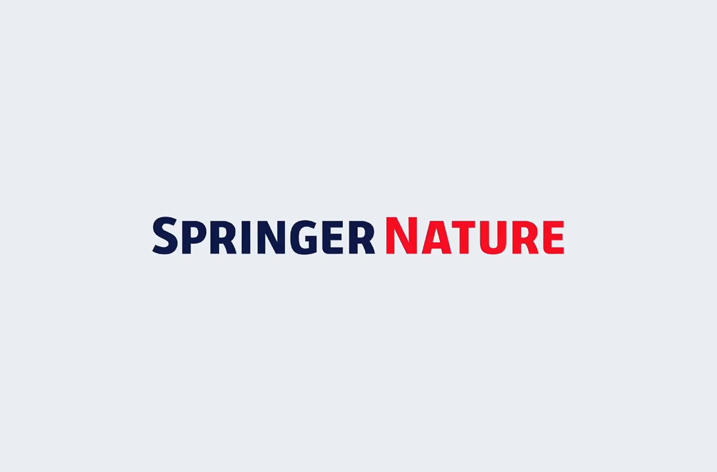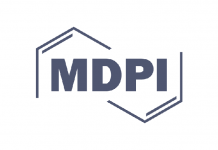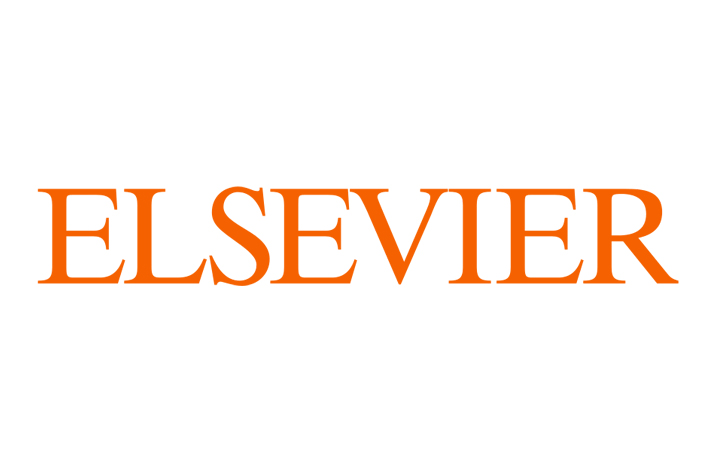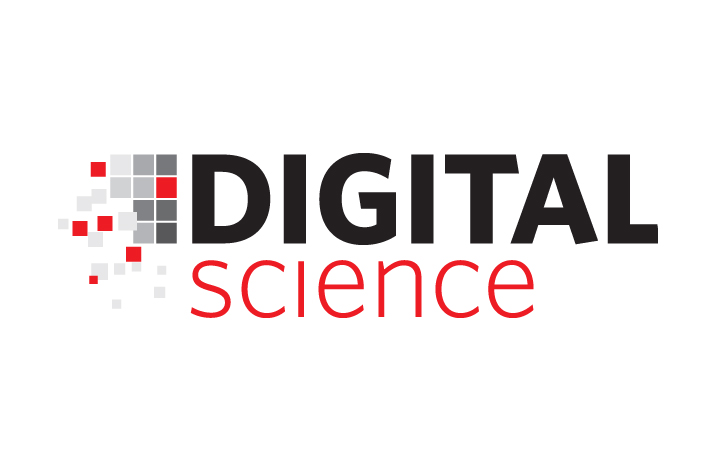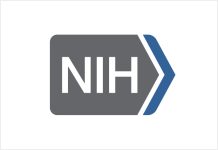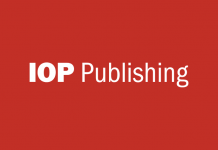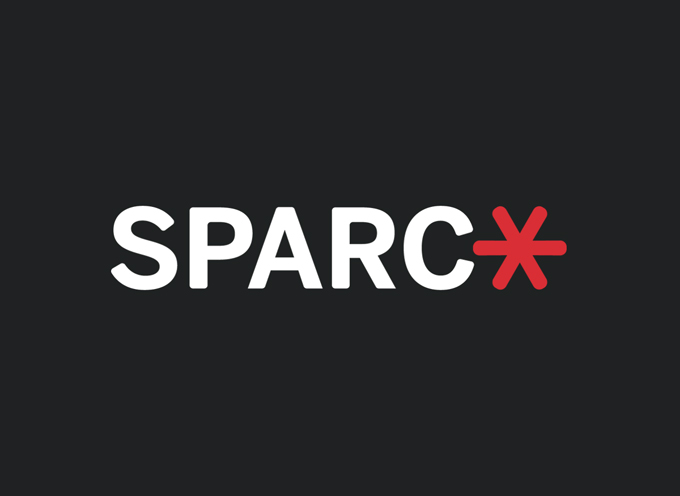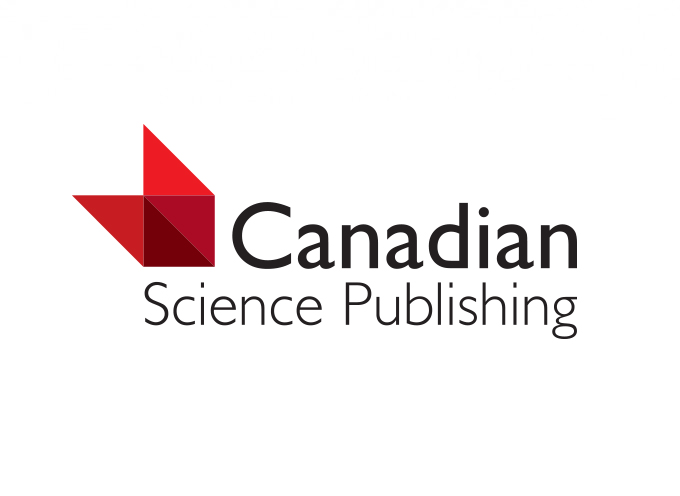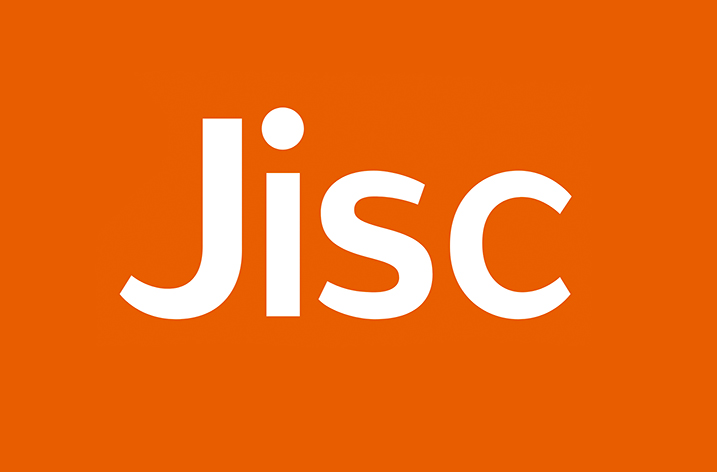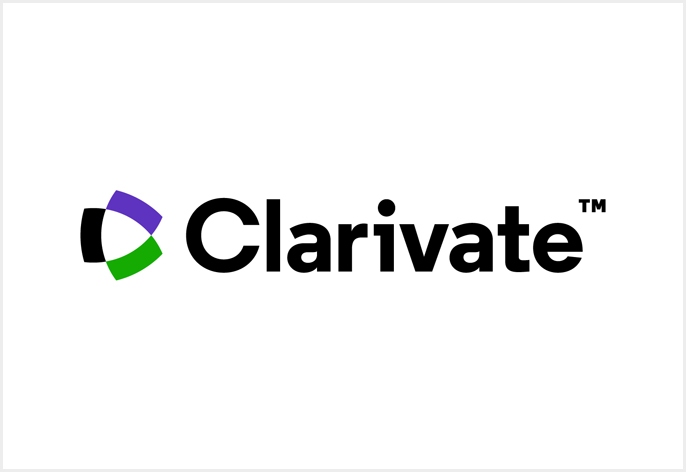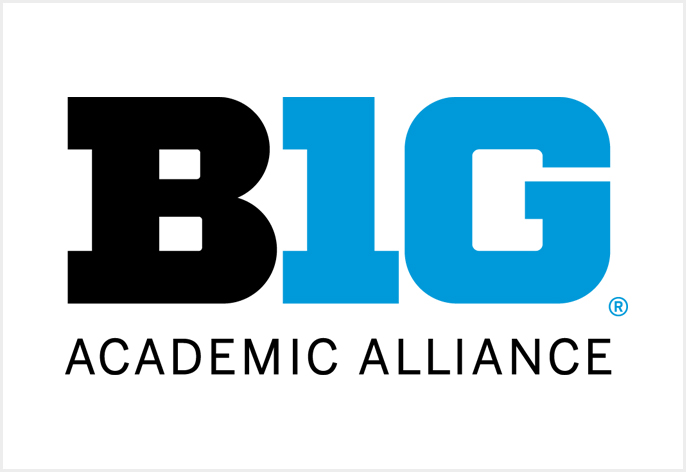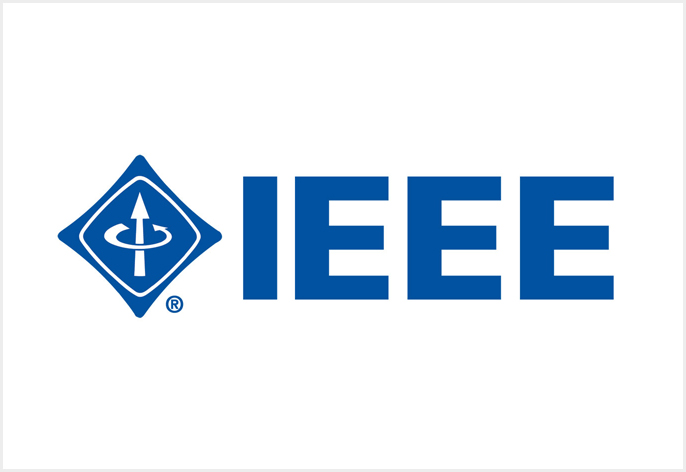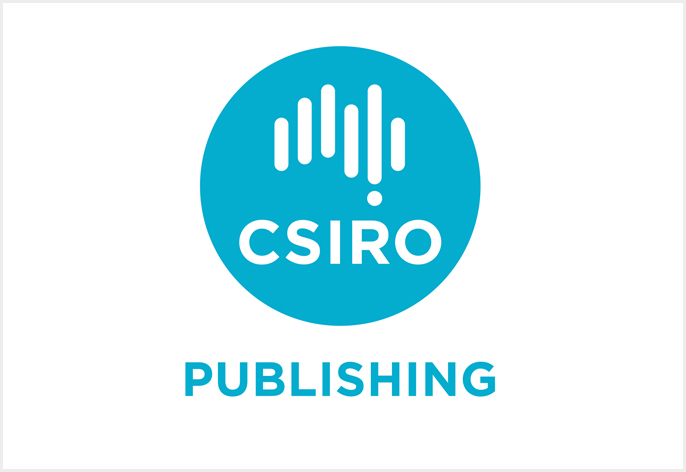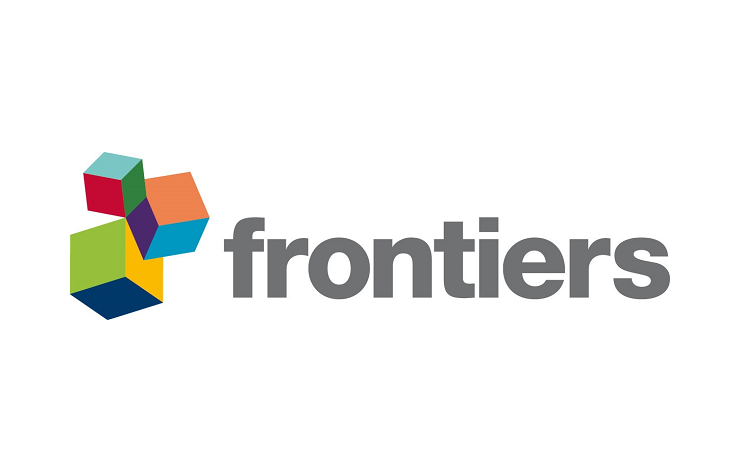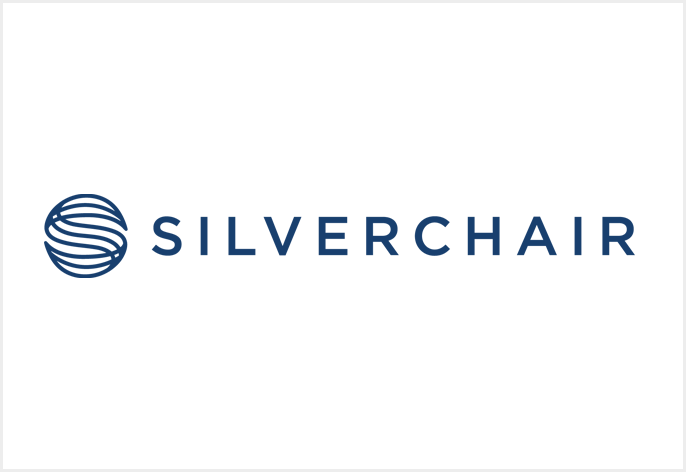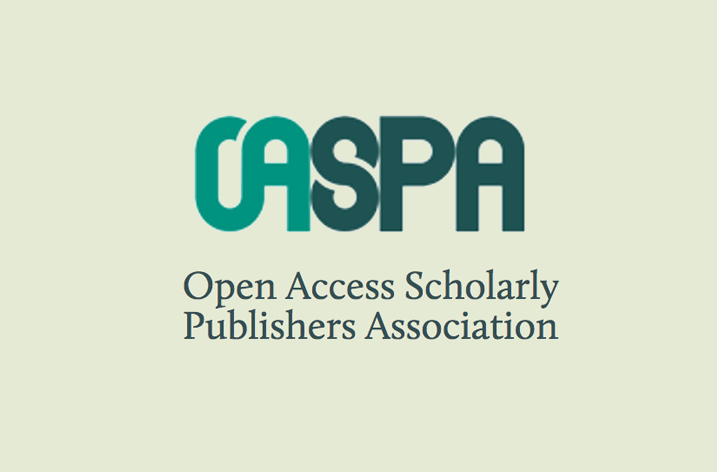Clarivate Plc (NYSE:CLVT), a leading global provider of transformative intelligence, today announced the renewal of its multi-year partnership with CAPES (Coordenação de Aperfeiçoamento de Pessoal de Nível Superior), significantly expanding access to trusted Academia & Government and Life Sciences & Healthcare data across over 400 Brazilian institutions. As compared to the previous contract, the agreement increases institutional coverage by 57%, extending the reach of high-quality research tools to universities and research centers across Brazil — from major metropolitan areas to the country’s most remote regions.
As a key agency under Brazil’s Ministry of Education, CAPES plays a vital role in advancing postgraduate education, supporting high-level training, and fostering international scientific collaboration. A long-standing partner to CAPES, Clarivate began its collaboration with the agency in 2001, when the Web of Science became one of the first databases integrated into the CAPES Portal. This new agreement builds on that legacy, delivering enhanced access to solutions including Web of Science, Journal Citation Reports, Cortellis Drug Discovery Intelligence and Derwent Innovation Index.
By bringing together world-class data and insights from academic research and the life sciences and healthcare sectors, the agreement empowers researchers and practitioners at all levels — including scholars, policy advisors, biomedical scientists and healthcare professionals — to conduct innovative research, develop new treatments, improve patient care, and inform policy decisions. It provides broad access to critical information, advancing evidence-based discovery, education and decision-making across disciplines.
Matti Shem Tov, Chief Executive Officer, Clarivate, said: “This expanded partnership with CAPES is a powerful example of how strategic collaboration can accelerate research and innovation on a national scale. Brazil has made remarkable progress in advancing scientific excellence and global collaboration. We’re proud to support this momentum by providing trusted data, insights, and technology to researchers across the country — from early discovery through impact assessment. Our shared commitment to expanding access and fostering innovation will continue to shape the future of research in Brazil and beyond.”
Denise Pires de Carvalho, President, CAPES, said: “Brazil is experiencing a moment of growing scientific output beyond its major urban centers, with resources now being distributed in a more equitable and democratic way to boost productivity across all regions. This collaboration with Clarivate enables us to better understand the scientific production profile of Brazilian institutions and supports more informed investment decisions to reduce regional disparities, which remains a significant national challenge. Many researchers in the North, Northeast and Center-West have limited access to the resources needed to give visibility to their work and expanding that access can make a meaningful difference.”
The renewed partnership reflects a shared commitment to democratizing access to critical scientific information and enabling data-driven research excellence. Through Web of Science, Journal Citation Reports, and Derwent Innovation Index, academic institutions and government agencies gain deeper visibility into global research trends, publication impact, and innovation pathways — supporting policy development, institutional benchmarking, and scholarly advancement.
Complementing these capabilities, expanded access to Cortellis Drug Discovery Intelligence equips Brazil’s life sciences community — including postgraduate students, faculty, and biomedical researchers — with comprehensive insights across biology, pharmacology, and chemistry. From disease understanding and drug interactions to clinical studies and intellectual property, users can more efficiently navigate the full R&D lifecycle and accelerate decision-making in high-impact research areas.
By significantly expanding access to trusted research and innovation tools, this agreement supports CAPES’ mission to reduce regional disparities and foster inclusive academic excellence. Institutions from across Brazil — from leading urban universities to those in underserved and remote regions — can now leverage high-quality data to strengthen postgraduate programs, accelerate innovation, and elevate the global visibility of Brazilian research.
Clarivate values its collaboration with CAPES on this initiative to help shape a more connected, informed and future-ready research ecosystem across Brazil, and stands as a resource for academic consortia worldwide seeking to expand access to trusted research, data and insights.
To learn more about this partnership and the solutions now available to CAPES institutions, visit here.



